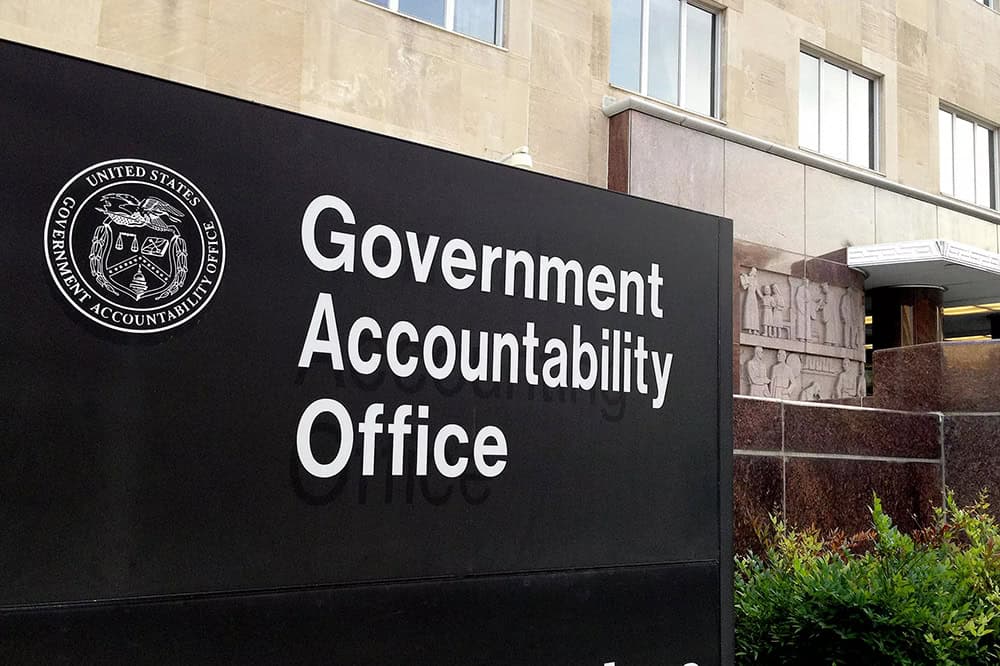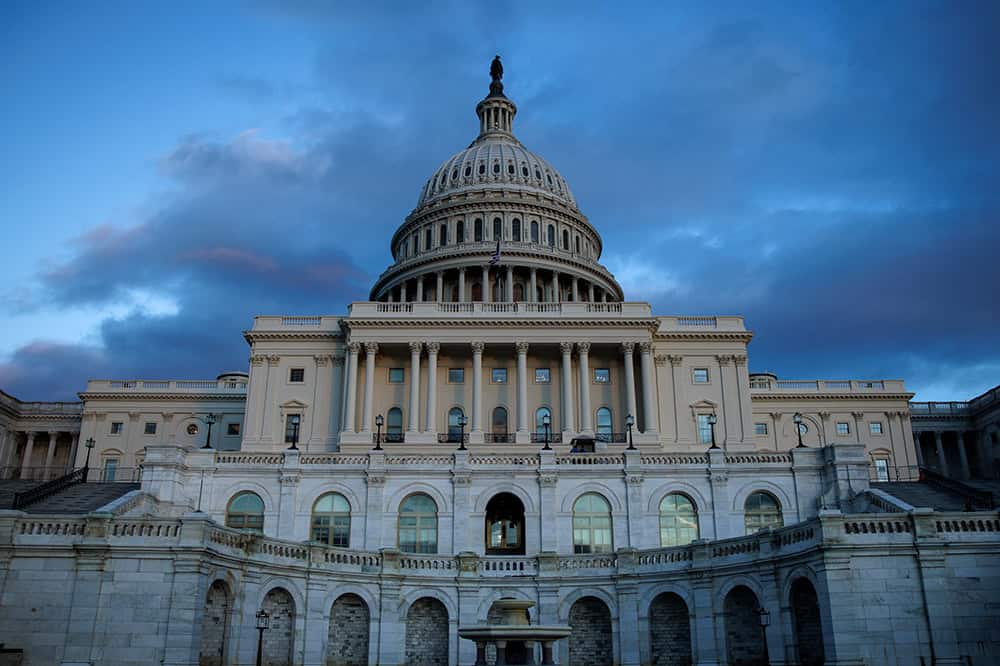The Fed Reduced the Short-Term Rate Again, but Interest Costs Remain High
Last Updated December 18, 2024
Today, the Federal Reserve announced a 0.25 percentage point decrease in the target for the federal funds rate — lowering the target range to 4.25 to 4.50 percent. The Federal Reserve has reduced the federal funds rate, which is the interest rate at which commercial banks lend to one another overnight, three times since September 18, 2024, after holding the rate steady since July 26, 2023. The federal funds rate is used by the Fed to help control inflation, but the rate also has implications for the federal government’s borrowing costs and therefore the nation’s fiscal picture.
The federal funds rate is the benchmark for Treasury bills and other short-term securities. Adjusting the rate is an important tool for the Federal Reserve to help achieve their statutory mandate, which is to promote the goals of maximum employment, stable prices, and moderate long-term interest rates. Expectations about the short-term rates, combined with other factors, may also affect longer-term rates that are applied to business investment loans and consumer borrowing such as mortgages and car loans.
The central bank raised the federal funds rate seven times in 2022 in an effort to tame rising inflation, after holding them close to zero since the onset of the pandemic in 2020. The Fed continued to raise rates four more times in 2023, setting the target range for the rate to between 5.25 and 5.50 percent — a 23-year high. The central bank held rates at those levels until September 18, 2024, at which point they began reducing rates, signaling that the central bank believes inflation is moderating sufficiently. Meanwhile, the interest rate on short-term Treasury securities rose at a similar pace over the period before beginning to fall marginally. The rate on 3-month Treasury bills climbed from 0.15 percent in early 2022 and peaked at 5.3 percent in October 2023. The rate has since declined to nearly 4.4 percent in mid-December 2024.
High interest rates on U.S. Treasury securities increase the federal government’s borrowing costs. The United States was able to borrow cheaply to respond to the pandemic because interest rates were historically low. However, as the Federal Reserve increased the federal funds rate, short-term rates on Treasury securities rose as well — making some federal borrowing more expensive. Longer-term rates also increased over the past couple of years, rising from around 1.7 percent in early 2022 to nearly 5 percent in October 2023; however, expectations of lower inflation have contributed to a reduction in the 10-year Treasury rate, which is around 4.5 percent now.
Net interest costs totaled $882 billion in 2024 and the Congressional Budget Office (CBO) has projected that such costs will almost double over the upcoming decade — rising from $1.0 billion in 2025 to $1.7 trillion in 2034. That projection includes the assumption that short-term rates will fall over the next few years to 2.8 percent; if interest rates turn out to be higher than the agency projected, such costs may rise even faster than anticipated.
The growth in interest costs presents a significant challenge in the long-term as well. According to CBO’s most recent long-term projections, interest payments would total around $78 trillion over the next 30 years and would account for 34 percent of all federal revenues by 2054. Interest costs would also become the largest “program” over the next few decades — surpassing Social Security in 2051.
Ballooning interest costs threaten to crowd out important public investments that can fuel economic growth in the future. CBO estimates that by 2054, interest costs are projected to be nearly three times what the federal government has historically spent on R&D, nondefense infrastructure, and education, combined.
The long-term fiscal challenges facing the United States are serious. Significant borrowing was necessary to respond to the COVID-19 pandemic; however, the structural imbalance between spending and revenues that existed before the pandemic is still large and will grow rapidly in the future. Furthermore, the massive federal debt means that the budget is very sensitive to interest rates. Congresses and Presidents of both parties, over many years, have avoided making hard choices about our budget and failed to put it on a sustainable path. It is vital for lawmakers to take action on the growing debt to ensure a stable economic future.
Image credit: Photo by Alex Wong/Getty Images
Further Reading
National Debt Could More than Double the Size of the Economy
GAO’s findings add to a chorus of nonpartisan evidence and analysis showing that action is needed to improve our fiscal outlook.
Long-Term Budget Outlook Leaves No Room for Costly Legislation
As lawmakers consider costly legislation to extend expiring tax provisions this year, CBO’s latest projections serve as a warning that our fiscal outlook is already dangerously unsustainable.
Moody’s Warns Recent Policy Decisions Worsen U.S. Fiscal State, Maintains Negative Outlook Rating
Moody’s says that the United States is in fiscal deterioration, warning that government policy decisions in the near term could contribute to higher interest rates and worsening national debt.


